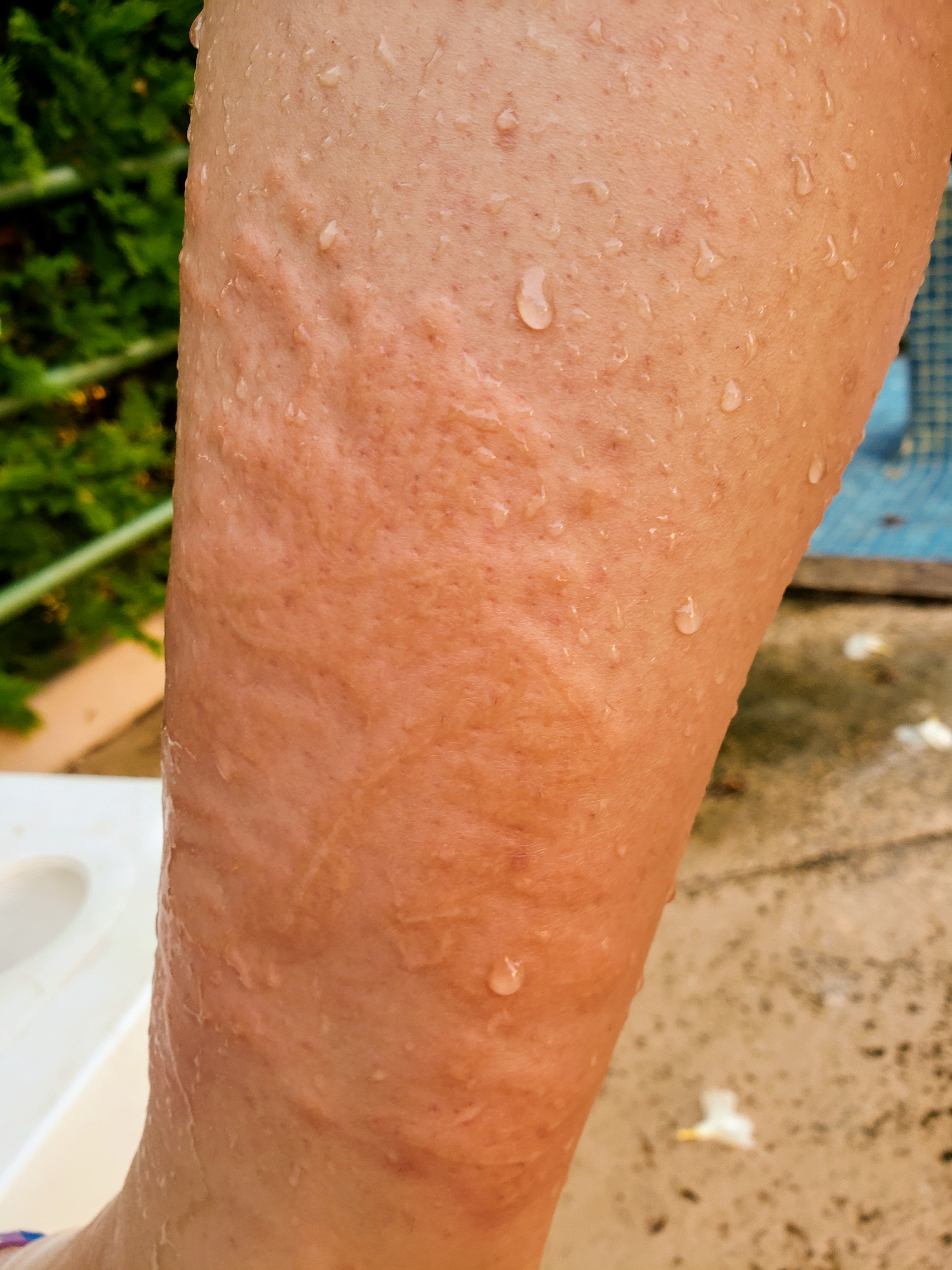The American Acne and Rosacea Society classifies prepubertal acne according to the following age groups: neonatal acne, infantile acne, mid-childhood acne, and preadolescent acne.
Neonatal acne occurs from birth to 6 weeks of age. It affects about 20% of all newborns. Neonatal acne appears in the form of comedones (whiteheads and blackheads) that can spread throughout the scalp, upper chest, and back; and in the form of inflammatory lesions (erythematous papules and pustules) on the forehead, cheeks, and chin.
Neonatal acne does not result in scarring in the majority of cases. It is more commonly found in boys than in girls with a 5:1 ratio.
Infantile acne occurs from 6 weeks to 1 year of age. It is rare and appears as comedones, pustules, papules, and occasional nodules. Cheeks are the main target area. Infantile acne can leave scarring and in rare cases can last until puberty. Male infants are more affected than girls with a ratio of 3:1.
Mid-childhood acne occurs from 1 to 6 years of age. It is also extremely rare. An endocrinologist should be consulted to rule out the possibility of hyperandrogenism. Hyperandrogenism refers to the excessive circulation of testosterone in females, affecting the whole body.
Preadolescent acne occurs from 7 to 12 years of age. Acne is one of the first signs of puberty, which is very common among this age group. Comedones are found within the “T-zone”, which is defined as a region of the face from the central foreheads to the central part of the face like brows, nose, and lips.
Neonatal acne results from the hyperactivity of sebaceous glands caused by the crossed interaction between neonatal androgens and maternal androgens in the placenta. Androgen levels diminish after 1 year. At the age of 7, androgen production resumes.
From birth to 1 year, luteinising hormone levels are similar to those found during puberty. Males have a higher production of testosterone, which can explain why boys are more affected by acne than girls.
In pre-pubertal children with acne, clinical history and examination are used for diagnosis. This helps to detect early sexual development, accelerated growth, and signs of hyperandrogenism. Children who have accelerated growth are referred for bone-age X-ray of the left hand and a wrist X-ray. In the majority of cases, further investigation is not required. In cases where additional tests are required, the levels of the following hormones should be measured: prolactin, free and total testosterone, follicle-stimulating hormone, and luteinising hormone.
Treatment for children with acne is similar to treatment methods for adults, with the exception of restrictions by age for tetracyclines. All treatments usually take at least 1-2 months to show significant improvements.
The general management of mild acne involves using oil-free moisturisers and gently washing the skin twice a day. Greasy emollients, hair pomades, and comedogenic products should be avoided in affected areas.
Benzoyl peroxide is a topical antiseptic that can be bought over the counter. It can be used alone for mild acne or in combination with oral therapy for severe cases. In individuals with sensitive skin, benzoyl peroxide treatment should be started at lower concentrations of 2.5% because higher ones can result in irritation and dryness.
Topical retinoids are creams, gels, and lotions that contain derivatives of vitamin A like adapalene and tretinoin. A topical retinoid should be used 2-3 times weekly on the affected skin. If no improvement in acne is observed, an application can be increased to daily usage.
Children diagnosed with moderate acne are often prescribed 250-500 mg of erythromycin, an oral antibiotic, in single or split dosages. It is best used in combination with benzoyl peroxide and/or a topical retinoid to reduce acne resistance.
When antibiotics and topical therapy do not help, isotretinoin is used in cases of moderate acne.
Severe acne is treated similarly to moderate acne. Isotretinoin can be prescribed if oral antibiotics do not result in any improvement. Doses of isotretinoin usually range between 0.2 to 1 mg/kg/day and are safe for infants from 5 months of age and children with severe acne.
Deep nodules can also be treated by administrating injections with low-concentration intralesional triamcinolone acetonide at a dose of 2.5 mg/mL.



